Managing a late migration
When it comes to moving from Windows 7 to Windows 10, it's better late than never
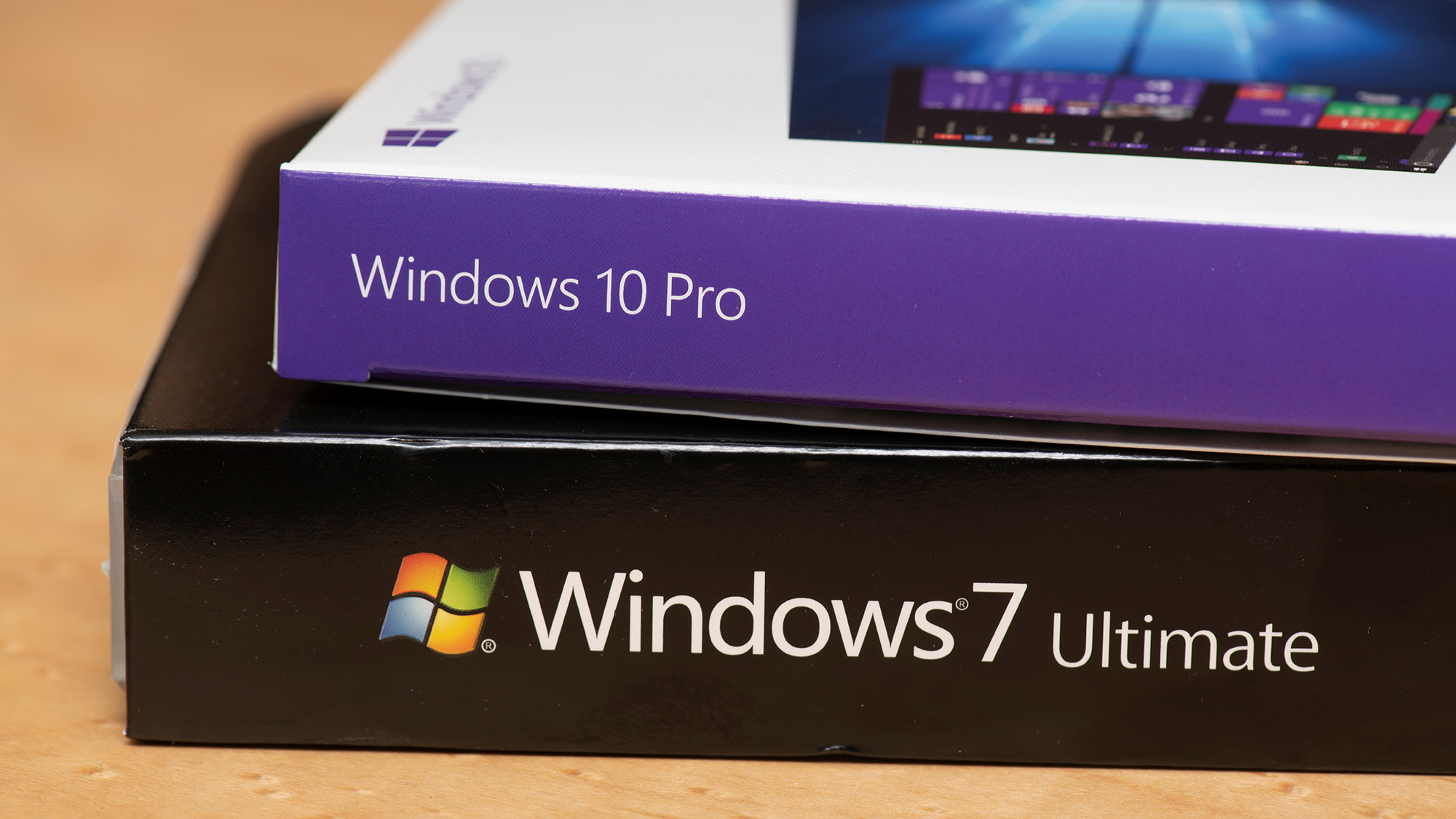
Okay, I confess: Just this morning, I moved my final Windows 7 installation to Windows 10. Yes, I know, this article should be called Jon is a Bad Boy, and I should have done this years ago. My only excuse, if there is one, is that this is Windows 7 in a virtual machine, it’s only fired up once a month for about five minutes and it runs a specific piece of software.
I guess I should give some back story: In our lab, we have a full door control access system. This means that there’s a door tag reader on both sides of every door. You need to use an RFID token to open the door and the doors close automatically. While this is somewhat overkill in our small company, it’s what corporate and government visitors expect to see. On the outside of the front door is a PIN pad and each member of staff has their own PIN number to gain access, along with the appropriate security keys and alarm fobs.
The door controllers are embedded deep in the bowels of the lab. In simple terms, each door controller maintains a list of door tag RFID codes, along with the times and dates when they’re valid for that door. These controllers trundle along by themselves and don’t need oversight. The only time you need to talk to the door controllers is if you want to reprogramme them – add a member of staff, issue a new token, change someone’s working hours or access times.
This is done with a piece of software called Net2 from Paxton, a company well known in this space. Net2 consists of an old-fashioned-looking Windows application and a database engine for the back-end. This polls the door controllers and picks up all the movements, door entries and so forth. It’s all very clever: if you have a reception desk in your organisation then this can create a door tag for the day for a visitor, and assign them access to the doors they need.
In that example, you’d need the software running all the time, but in our case we only need to fire Net2 up when we make changes. I originally installed it many years ago into a Windows 7 VM, and every year or so I call up our alarm system company to get a download of the latest version of the software, to which I upgrade. Like much of the professional services software market, we can only access the mothership by going through our reseller.
To be honest, I just left sleeping dogs lie. It worked, I used it for a few minutes every month to download the logs and to check the system was still happy. At least it would be obvious if the doors didn’t work, so there wasn’t much scope for things going wrong. The door controllers themselves hold data for many weeks, so I wasn’t losing information by doing this.
This morning, I decided that I really had to do something about it. I fired up the Windows 10 media creation tool from the Microsoft site, told it to upgrade, keeping the existing software and accounts in place, and then sat back. I’d like to say it was a seamless process, but the Windows installer got a little upset about the apparent desktop size in the Parallels virtual machine. Still, after about 15 minutes of installation, updating and other fiddling, I was up and running.
Get the ITPro daily newsletter
Sign up today and you will receive a free copy of our Future Focus 2025 report - the leading guidance on AI, cybersecurity and other IT challenges as per 700+ senior executives
The beauty of using a VM for this was that I could take an entire snapshot and copy before starting, in the unlikely event that the Net2 installation exploded on finding itself on Windows 10. It’s listed on its site as being supported, so I wasn’t expecting issues. But having a VM that you can copy is just so much more convenient than having a Windows installation running on a real computer, where recovery would be a major pain.
The downside of a virtual machine hosting an old OS and app that you rarely use is that it isn’t there looking at you with a withering glance every time you walk past the computer. Out of sight, out of mind, out of upgrade, for month after month. It’s so easy just to fire up what you need, decide that time is short and you’ll deal with it next time.
However, I’m happy to report that all Windows 7 has been expunged, except for a few VMs that I keep for test purposes. All I can do is ask for your forgiveness.
-
 Should AI PCs be part of your next hardware refresh?
Should AI PCs be part of your next hardware refresh?AI PCs are fast becoming a business staple and a surefire way to future-proof your business
By Bobby Hellard
-
 Westcon-Comstor and Vectra AI launch brace of new channel initiatives
Westcon-Comstor and Vectra AI launch brace of new channel initiativesNews Westcon-Comstor and Vectra AI have announced the launch of two new channel growth initiatives focused on the managed security service provider (MSSP) space and AWS Marketplace.
By Daniel Todd
-
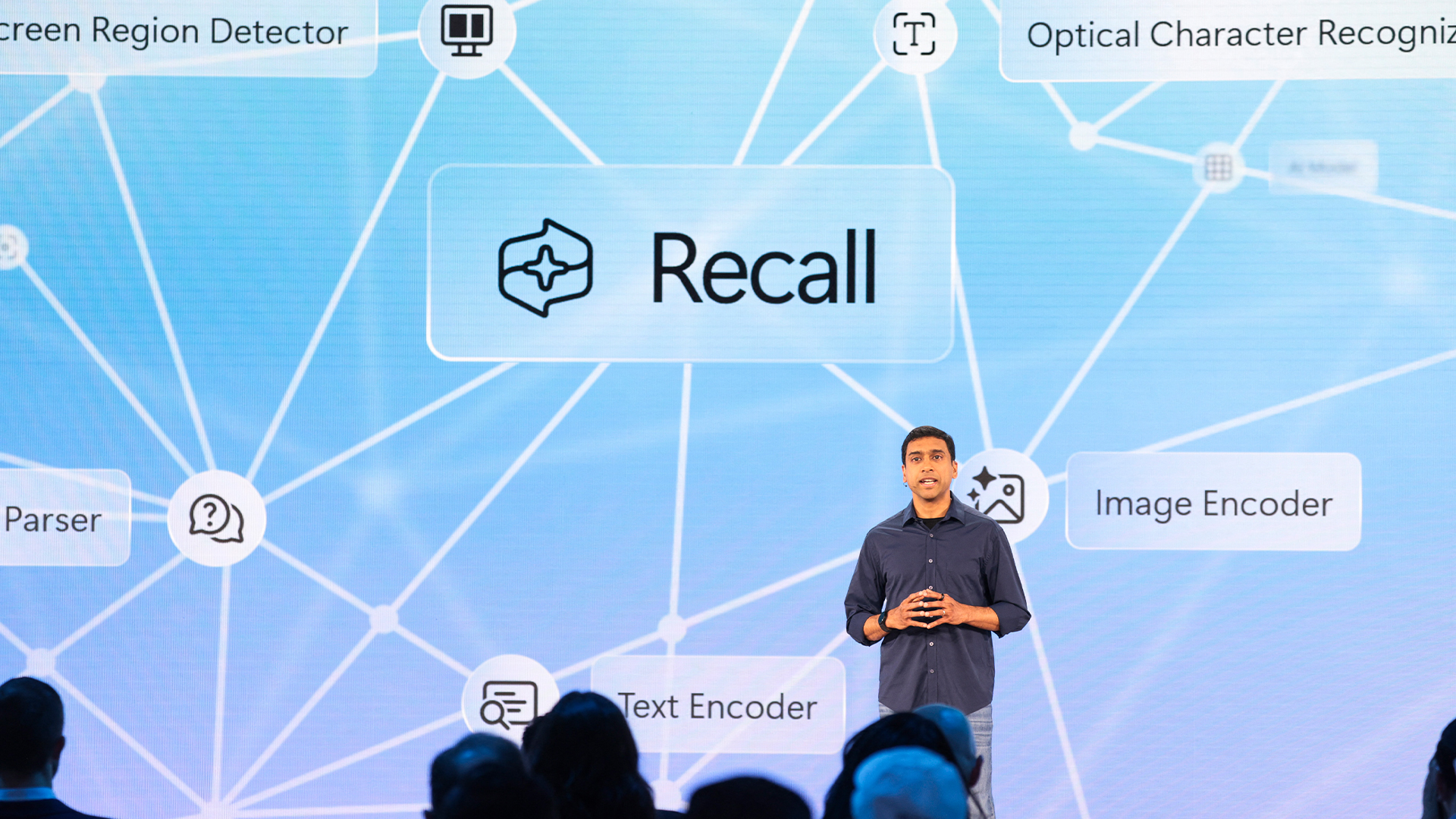 Recall arrives for Intel and AMD devices after months of controversy
Recall arrives for Intel and AMD devices after months of controversyNews Microsoft's Recall feature is now available in preview for customers using AMD and Intel devices.
By Nicole Kobie
-
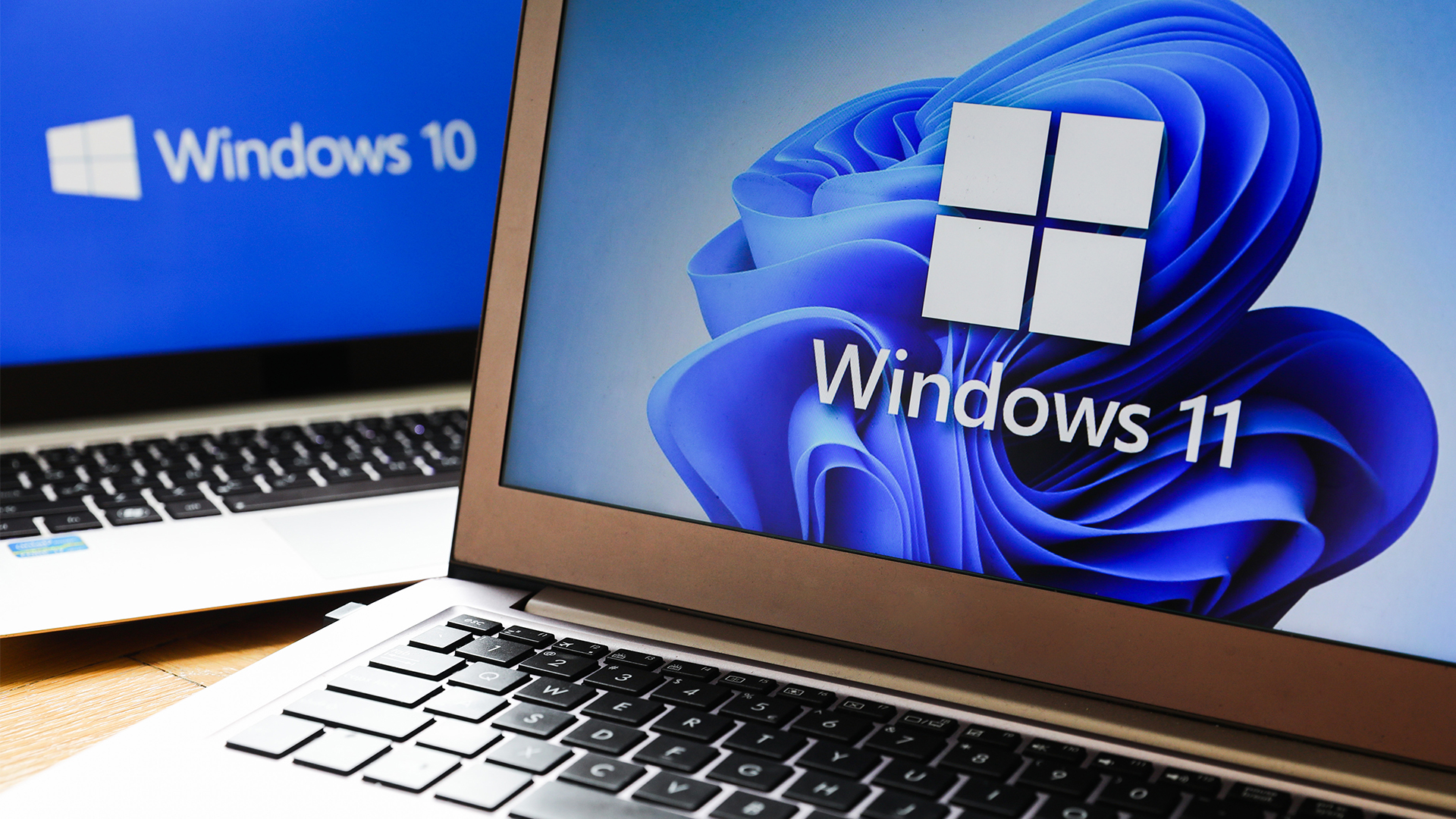 With one year to go until Windows 10 end of life, here’s what businesses should do to prepare
With one year to go until Windows 10 end of life, here’s what businesses should do to prepareNews IT teams need to migrate soon or risk a plethora of security and sustainability issues
By George Fitzmaurice
-
 Microsoft is doubling down on Widows Recall, adding new security and privacy features – will this help woo hesitant enterprise users?
Microsoft is doubling down on Widows Recall, adding new security and privacy features – will this help woo hesitant enterprise users?News The controversial AI-powered snapshotting tool can be uninstalled, Microsoft says
By Nicole Kobie
-
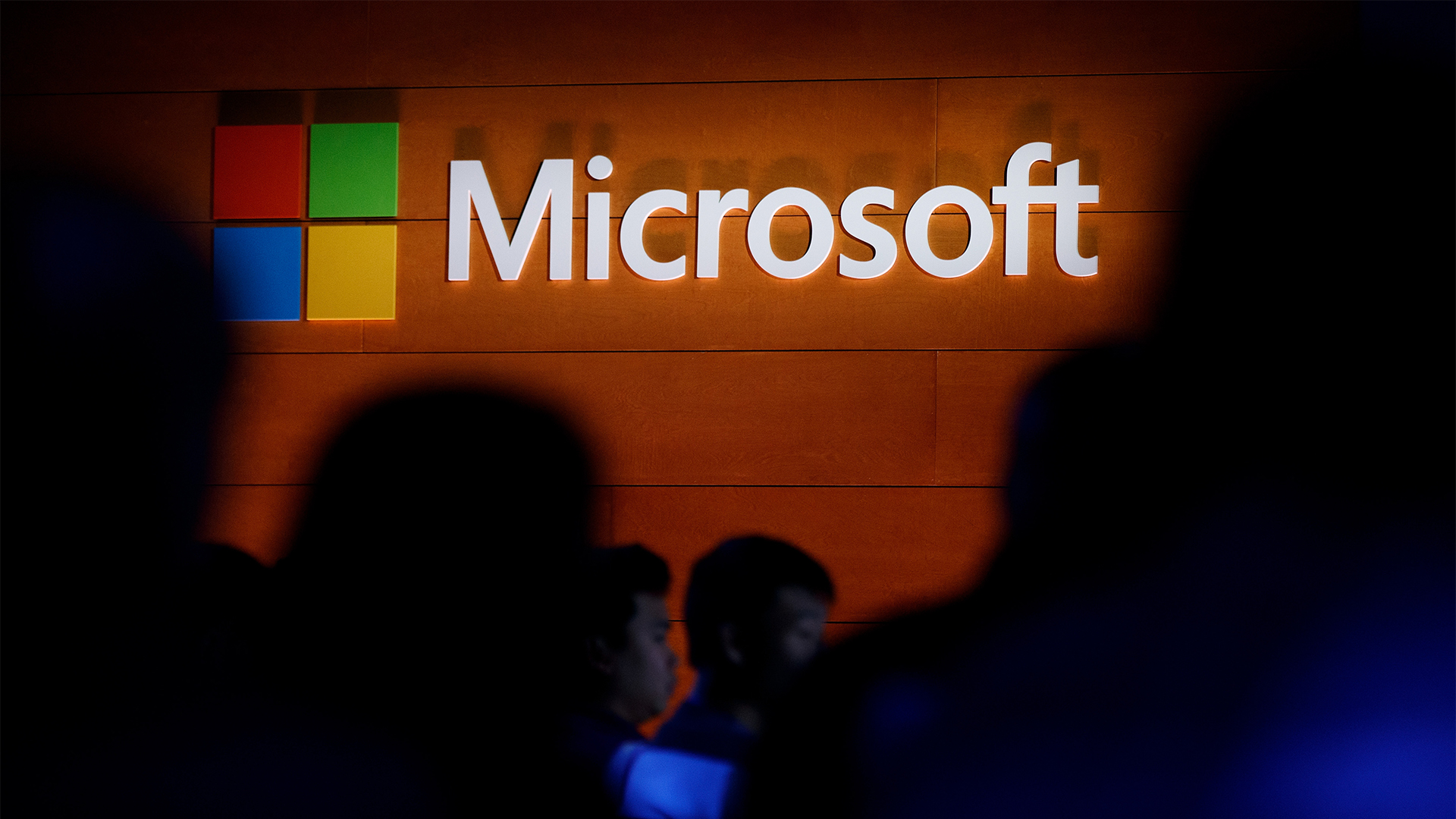 Microsoft patches rollback flaw in Windows 10
Microsoft patches rollback flaw in Windows 10News Patch Tuesday includes protection for a Windows 10 "downgrade" style attack after first being spotted in August
By Nicole Kobie
-
 Companies “wary” of Windows 11 migration challenges as Windows 10 EOL draws closer
Companies “wary” of Windows 11 migration challenges as Windows 10 EOL draws closerNews A recent study shows that only a fraction are running Windows 11, despite a rapidly-approaching end of life deadline
By George Fitzmaurice
-
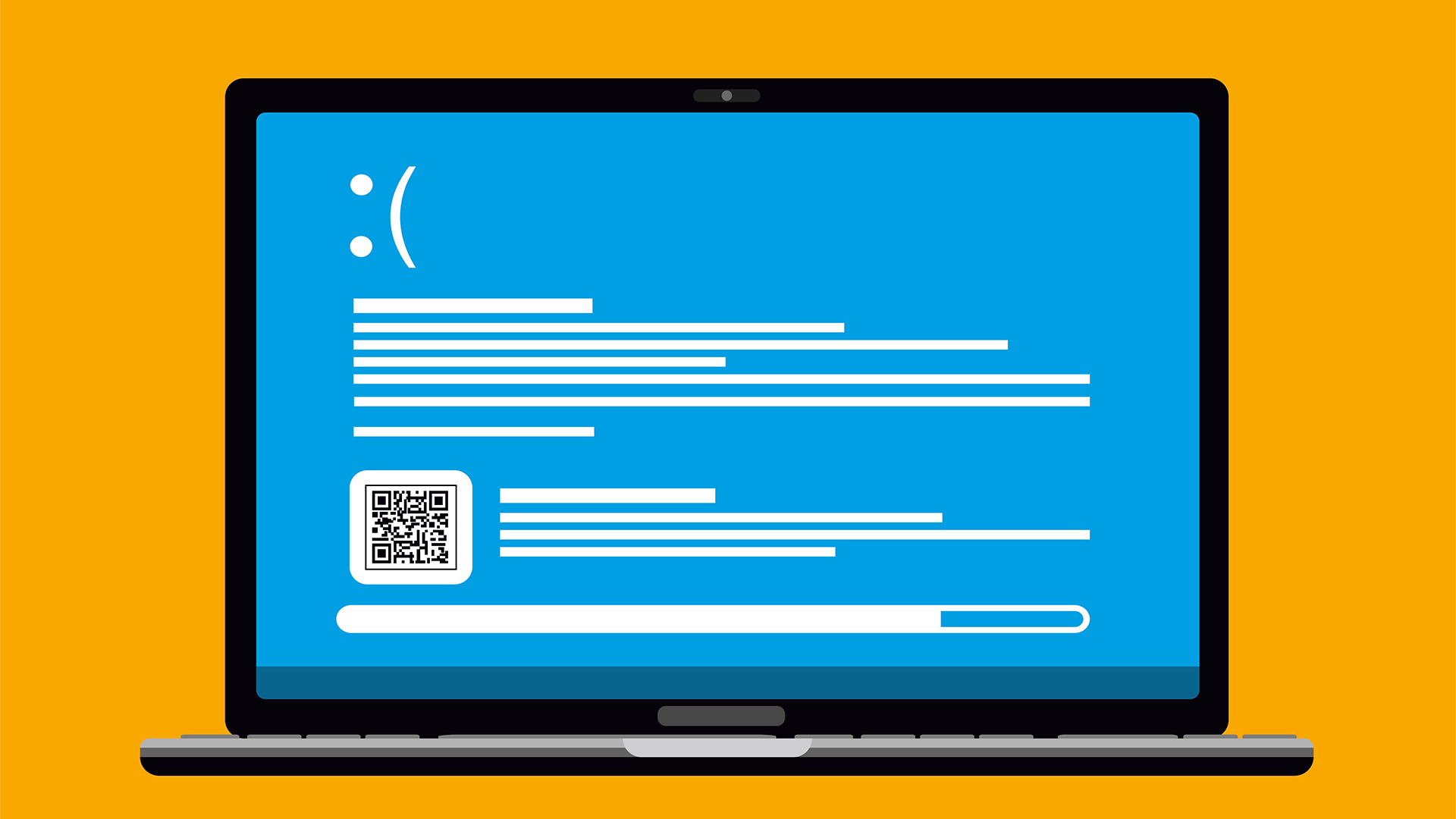 New Windows vulnerability could repeatedly trigger the blue screen of death on millions of devices
New Windows vulnerability could repeatedly trigger the blue screen of death on millions of devicesNews Attackers could exploit the Windows vulnerability to repeatedly crash machines and trigger a blue screen of death, according to researchers at Fortra
By Solomon Klappholz
-
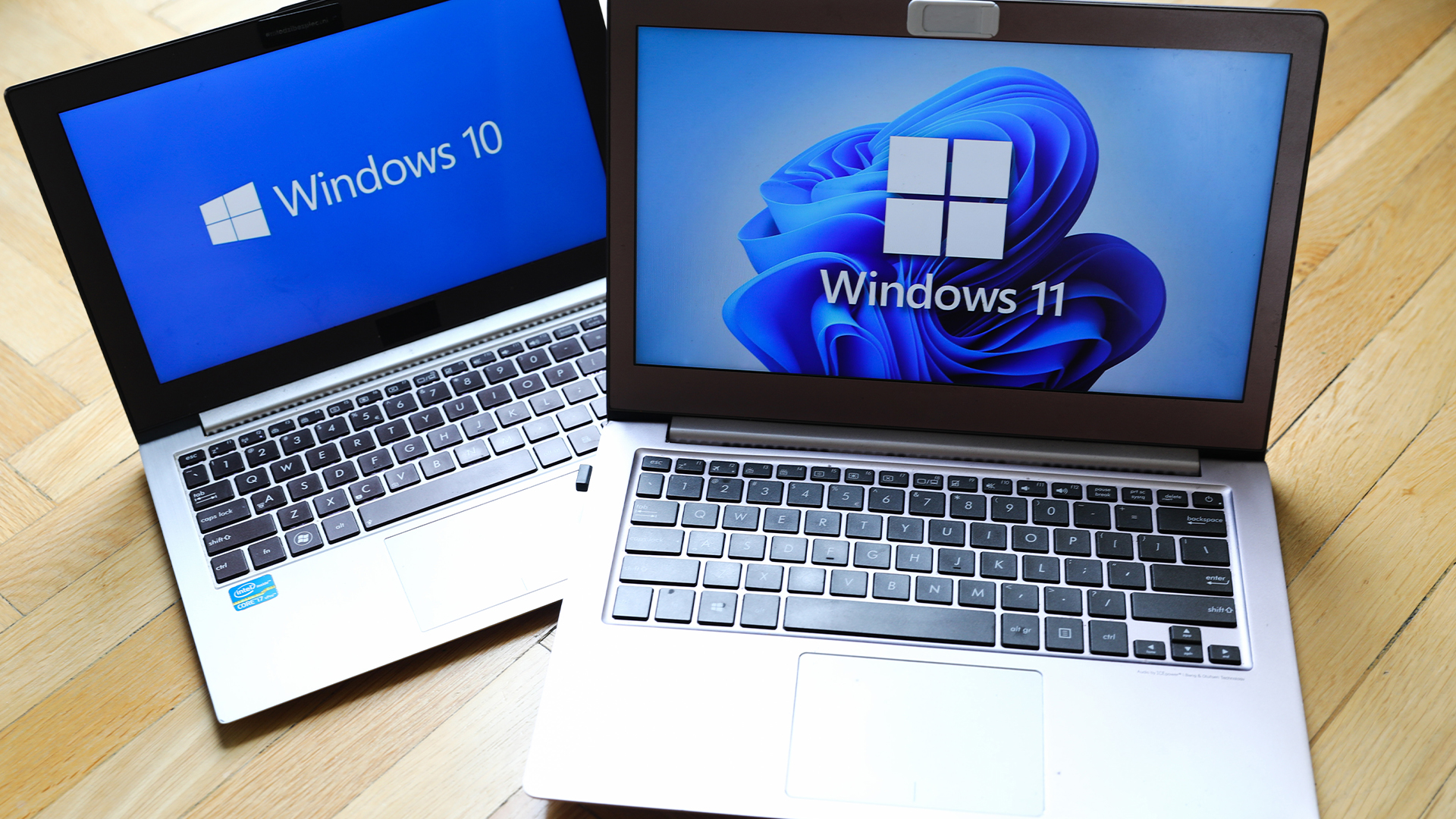 Here’s how much Windows 10 could cost if you don’t upgrade this year
Here’s how much Windows 10 could cost if you don’t upgrade this yearNews Windows 10 extended security updates will cost users dearly, with prices rising incrementally each year.
By George Fitzmaurice
-
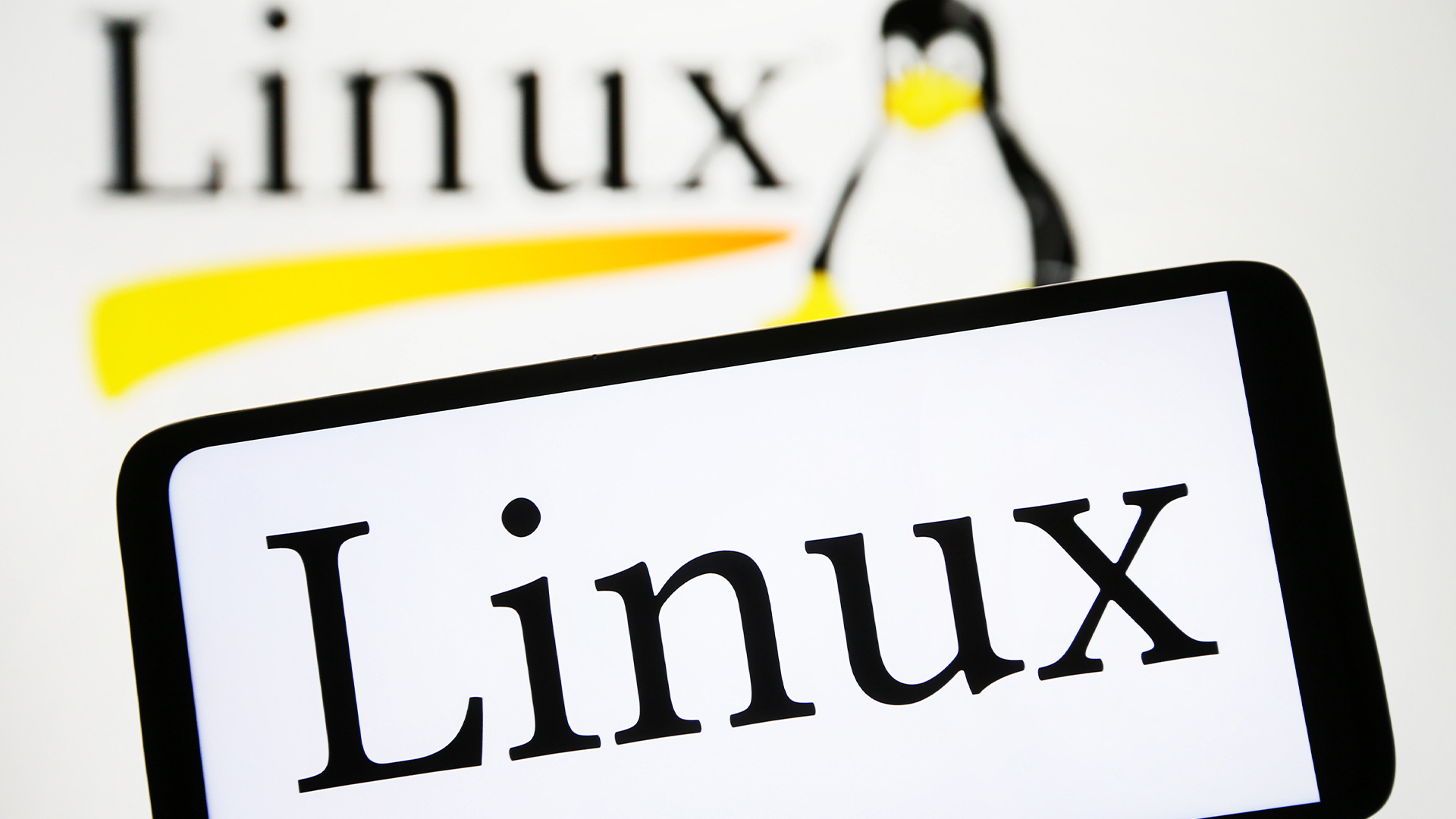 Linux just hit an all-time high share of the global desktop market — and surging popularity in India is driving uptake of the open source operating system
Linux just hit an all-time high share of the global desktop market — and surging popularity in India is driving uptake of the open source operating systemNews Linux is still dwarfed by operating systems such as Windows, but it’s making modest gains off the back of growing popularity in emerging markets
By Steve Ranger